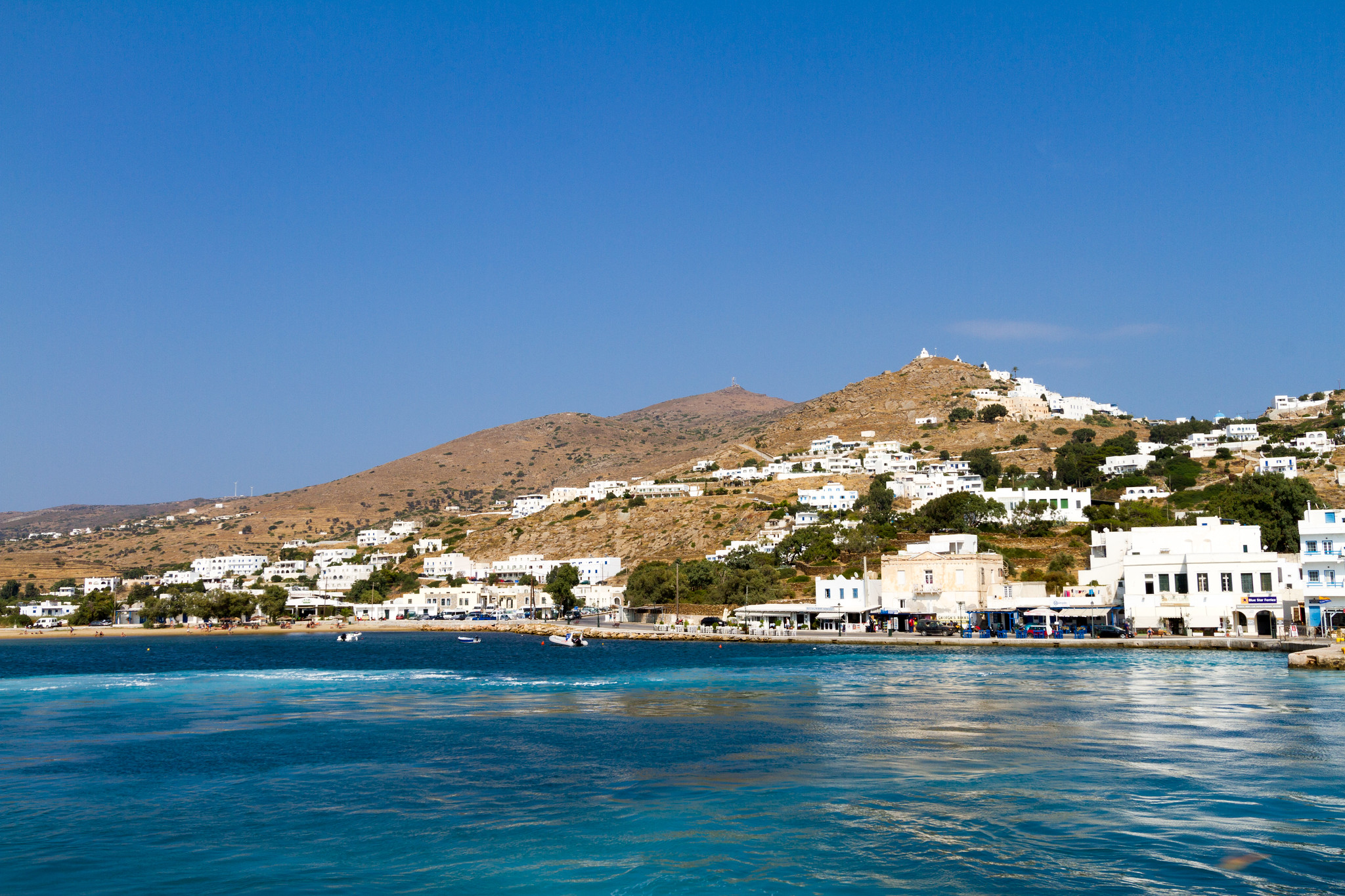Why Nobody Cares About things to do on naxos
Naxos is and constantly has actually been a cross-roads, where archaeologists, historians, scholars of all kinds, artists, and ordinary individuals with an interest in history, archeology and folklore can meet, drawn by the importance of the culture which has thrived on the island down the centuries.
Among the archaeologists to have worked on Naxos because the start of the 20th century are Professors Welter, Doumas, Lambrinoudakis, Drandrakis, Klon Stefanos, Christos Karouzos, N. Kontoleon, N. Zafiropoulos, F. Zafiropoulou and G. Gruben, teacher of the history of architecture at the University of Munich and Korres (who is accountable for the repair of the Athens Castle). These scholars have actually concluded that Naxos was not merely considerable but of decisive value for the history of the Cyclades and of the Greek world in general.
Its size, its main position in the Aegean, the fertility of its soil and the prosperity that these factors developed assisted to ensure Naxos its self-sufficiency down the ages.
Pindar calls Naxos "rich" and Herodotus guarantees us that Naxos, went beyond the other isles in prosperity. Simply as today, the fruit, olive oil and above all white wine of Naxos were well-known in antiquity: Archilochus of Paros even went to far regarding compare Naxiot wine with the nectar drunk by the gods on Olympus!
The island would seem to have actually had substantial grazing-grounds in ancient times, and Naxiot animals were so extremely thought about that when in the sixth century BC Polycrates, tyrant of Samos, was looking for reproducing animals with which to improve his stock, he sent to Naxos for goats. The marble and emery of Naxos were soon in use in art and daily life far beyond the bounds of the island. The misconceptions relating to motivated by custom and the capture of Dionysos by Naxos reflect its god's supreme victory, pastoral sea simply off Naxos.
It is said, for example, that Zeus himself was raised there, and was worshipped as Zeus Melosios, protector of the flocks. Apollo, who had an unique connection with the island, was likewise worshipped as the protector of the flocks especially of the rams and also of flowers.
Ares, god of war, was when forced to take sanctuary from his pursuers in the depths of the earth of Naxos, where things to do on naxos he hid in what the misconception calls "the stone that eats iron., an apparent referral to emery.
Above all, though, it was Dionysus who embodied all the agrarian charms and advantages of Naxos. It was here that the god was born and raised, according to the local misconception, and all the misconceptions concur that it was on Naxos that he satisfied and wed


Ariadne, after she had actually been abandoned on the island by Theseus. The marital relationship between Ariadne and Dionysus, her death and the rebirth which that death fore-shadows were the focus of wild celebrations on Naxos in antiquity, where this cult, concentrating on the ripening, death and regeneration of nature was best developed.

The first occupants of Naxos are stated by the misconceptions to have been Thracian, under Boutes, boy of Boreas (the north wind). In his desire to find other halves for his buddies, Boutes took the rather severe step of searching some Maenads in Thessaly; he captured some, things to do naxos including Coronis and lphimedeia, and brought them back to the island.
The myths relate that the Thracians held Naxos for 2 a century, being prospered by Carians from Asia Minor, whose king Naxos provided the island its click here name. Historical finds show that there was a relatively strong society on Naxos as early as the late 4th millennium BC, https://agreekadventure.com/three-things-to-do-in-naxos-island-greece/ about the end of the Neolithic age.
Geologically, the island of Naxos belongs to the Attic-Cycladic Complex. This is a former continent that was made up of the Cyclades, southern Euboia and Attica. Usually speaking, the Attic-Cycladic Complex contains metamorphic rocks. These are rocks that have gone through high pressures and temperature levels as an outcome of having been submerged throughout the formation of the mountains in the lower levels of the earth's crust. During the metamorphosis of the rocks, the minerals and rocks are re-crystallized, there is intense schist-production activity and the development of new minerals with the exchange of material. The rocks that were formed during this procedure of transformation can be either sedimentary deposits or brand-new formations and date to as early as the Mesozoic period, i.e. 245 - 130 million years back. Just one area of these, the lowest strata, is older and is estimated to be 355 million years of ages, formed during the Paleozoic age.
As such, the rocks that we see in Naxos today were very first metamorphosed in between 40 and 45 million years back, during the duration referred to as the mid-Eocene. During this very first phase of transformation it is determined that the rocks were immersed 40-50 thousand metres below the earth's surface.
The 2nd phase of metamorphosis occurred in the region 25 million years ago, throughout the Oligocene period. These rocks concerned the surface area during the development of the Alpine orogenic system. In addition, with the submergence of the rocks and the parallel rising of the earth's crust, a seepage of granite lava happened simultaneously.
A third stage of metamorphosis occurred 17 million years back and was characterized by heats and the infiltration of granitic diorites.
Practically the entire of the island of Naxos, then, is comprised of metamorphic rock, such as: marble, granite, schist, gneisses, amphibolites and migmatites. Furthermore, there has actually been an infiltration of magma, creating the granite which makes up one-third of the island, whilst almost the whole of the rest of Naxos is comprised of taken shape schist and marble.